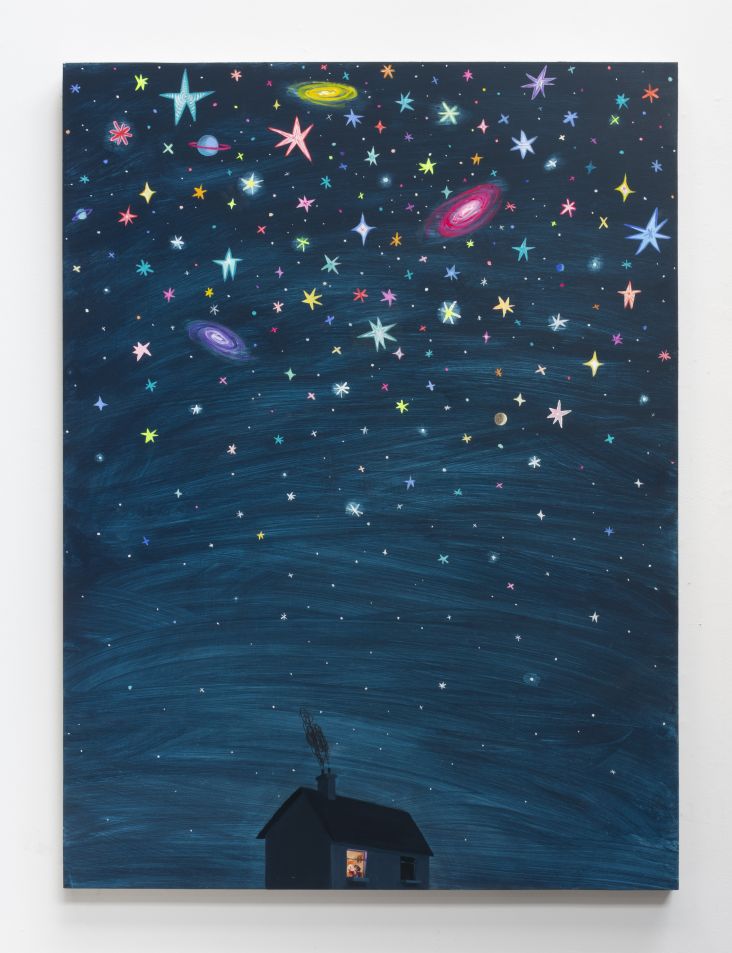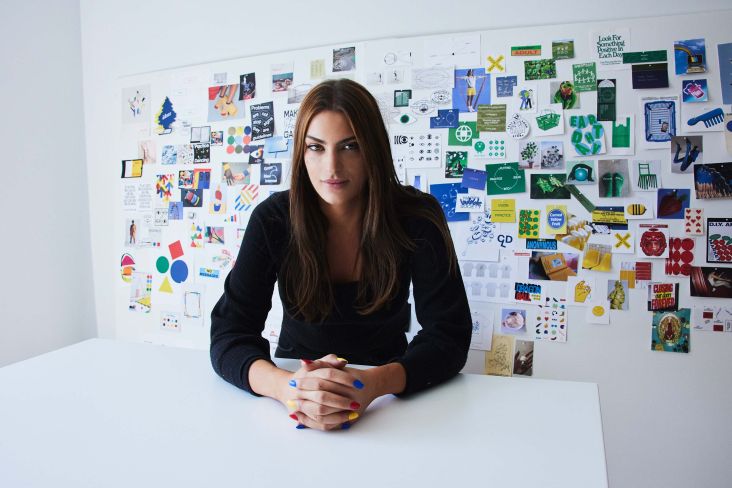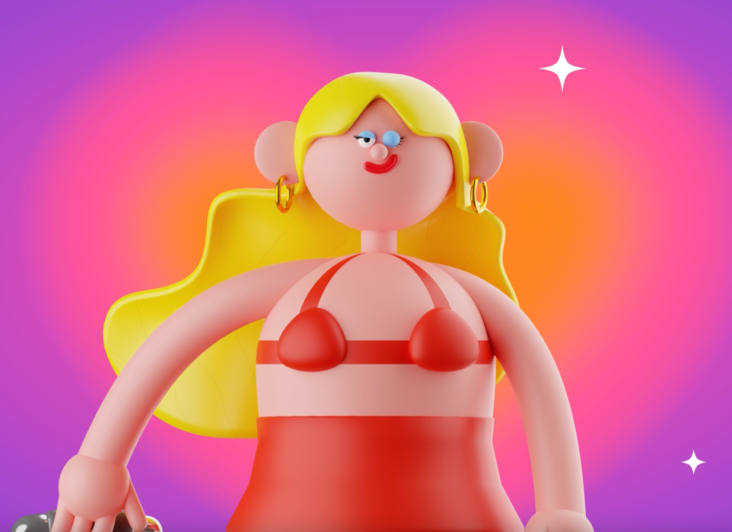'I destroy the work after an exhibition': Inside the weird worlds of artist JeeYoung Lee
South Korean visual artist and designer JeeYoung Lee is returning to London's NOW Gallery with her upcoming exhibition, Maiden Voyage. Make sure you see it while you can, though, because once it's gone, it's gone for good.
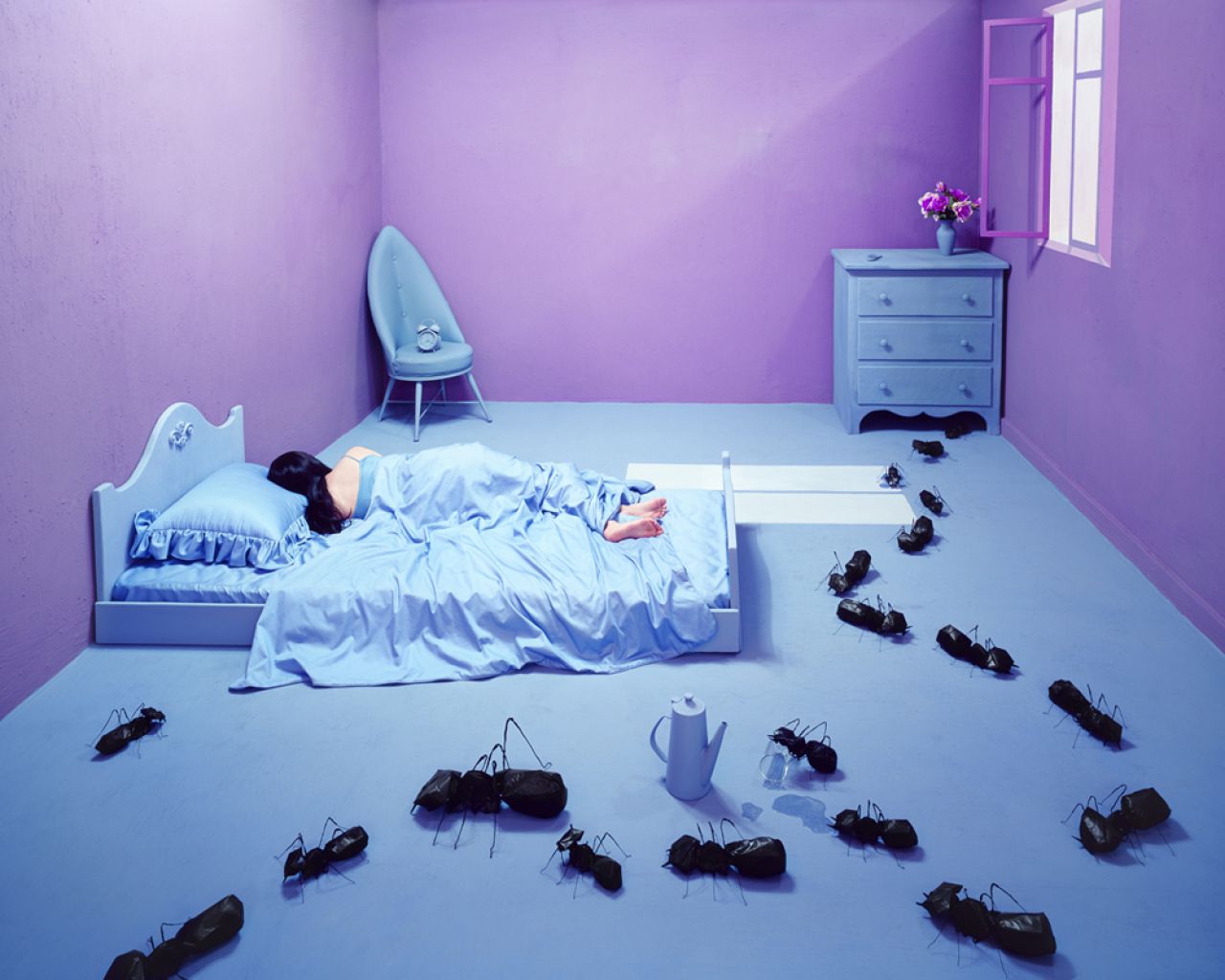
© JeeYoung Lee
JeeYoung Lee has been touted as one of the rising stars in the Korean artistic world, and with her new installation coming to London, there's never been a better time to see her work in person. Meticulously crafted with extraordinary patience, her craftsmanship has seen her collaborate with brands such as Hermes, Samsung and Tiger beer. The OCI Young Creatives award-winning artist has also appeared in The New York Times and CNN International.
Opening on 23 June, Maiden Voyage sees JeeYoung transform the NOW Gallery space into a forest of hanging ginkgo leaves interspersed with floating paper aeroplanes and a monumental paper boat. Inspired by her heritage, this piece meditates on JeeYoung's past and the present, relationships, literature and nature.
The central images of the ginkgo leaves and the paper boats also tap into JeeYoung's childhood memories because she used to play with them both when she was younger. And by turning these mundane objects into a magical installation, she has represented the slow passage of time and the changing of the seasons.
Ahead of Maiden Voyage opening in the NOW Gallery this June, we caught up with JeeYoung to hear how she works and the thinking behind some of her more unusual creative practices.
How did you become a multidisciplinary artist and designer?
Becoming an artist was my childhood dream. My mother never made a debut as an artist, but she majored in fine art in college. I remember her old oil paintings hung up on the wall when I was a little child. I recall telling myself I would become an artist someday as I looked at those paintings.
When it was time for me to decide on a major, I chose design over fine art because my parents thought the former had better prospects. When I was an undergraduate, once my dream was to become a production designer or art director. I was a member of the school's filmmaking club, and we shot music videos and short films together. I often led the stage team and created the sets and props.
When I took a break from school, I worked as an assistant in a commercial production company. But I think it didn't offer the creative freedom I had expected. I knew then this would not be my path. After that, I began thinking more about my identity and decided to become an artist.
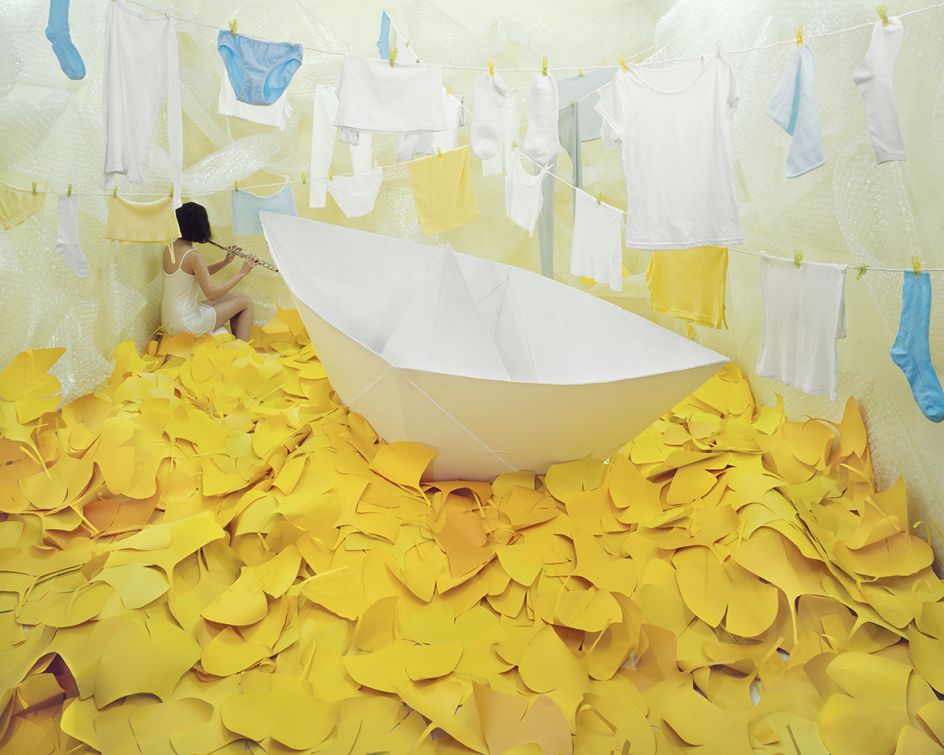
© JeeYoung Lee
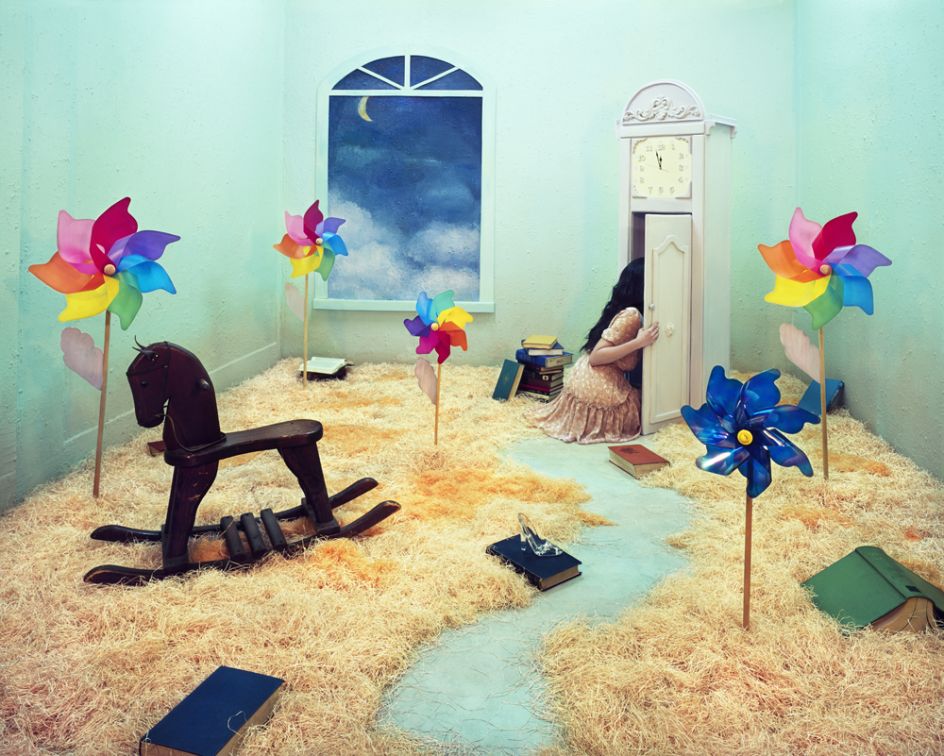
© JeeYoung Lee
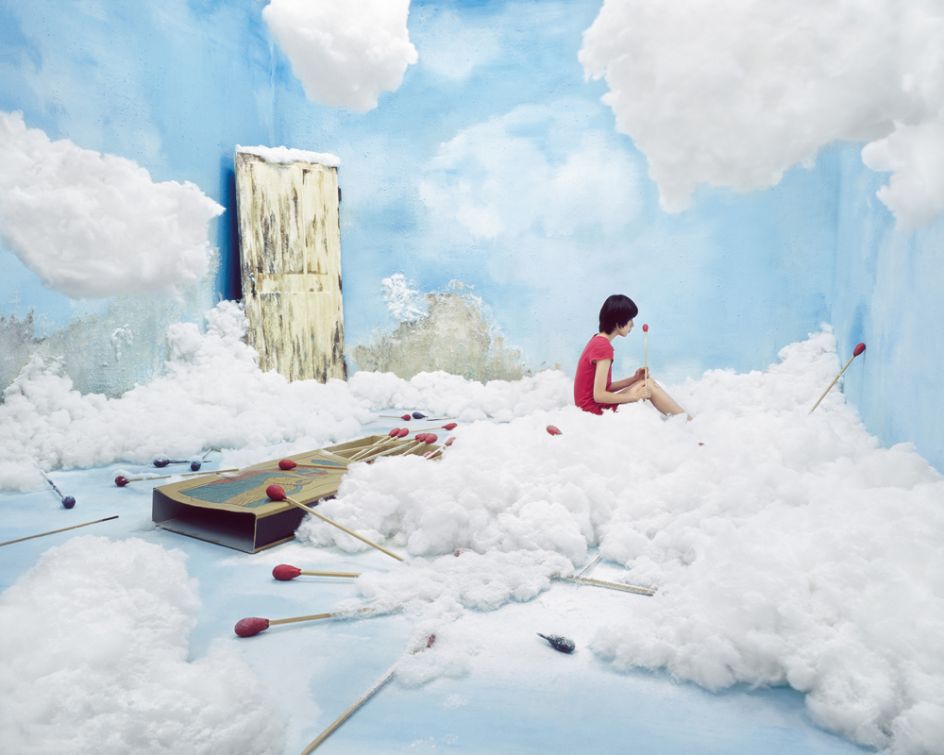
© JeeYoung Lee
How would you describe your creative approach in your own words?
Self-internal analysis and reflection.
Maiden Voyage looks like a stunning installation. Where did the idea for it come from?
You can often see ginkgo trees on the streets of Korea. The idea of this piece came to me when I saw the streets covered with ginkgo tree leaves in fall. The yellow street covered with fallen ginkgo leaves was surreal, and I felt something different. The leaves that fully covered the streets were reminiscent of the waves of ginkgo leaves.
I combined this landscape with my childhood memories of playing with paper boats and paper aeroplanes on the water.
What are the leaves and boats made from, and how long did it take to create them?
In the 2009 version of Maiden Voyage, the papers were cut by hand to make the ginkgo leaves, and the boat sculpture was made of cardboard paper. The production for the piece took about a month.
For this exhibition at NOW Gallery, in the 2022 version, I changed the material of the work. The ginkgo leaves are made of plastic sheets (Foamex, hand-crafted), and other origami sculptures are made of aluminium.
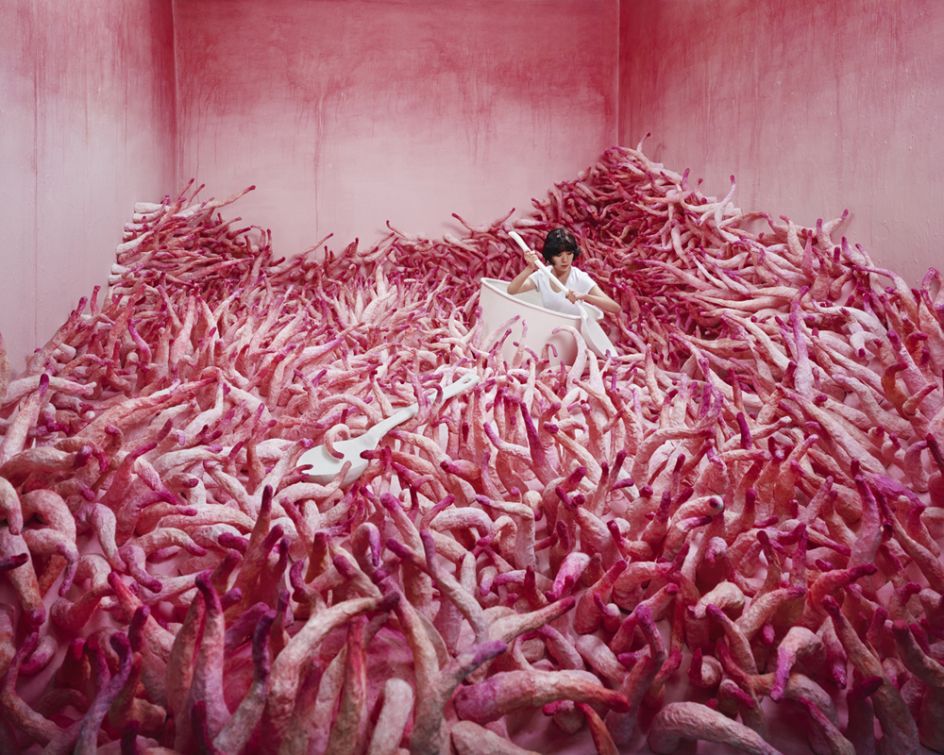
© JeeYoung Lee
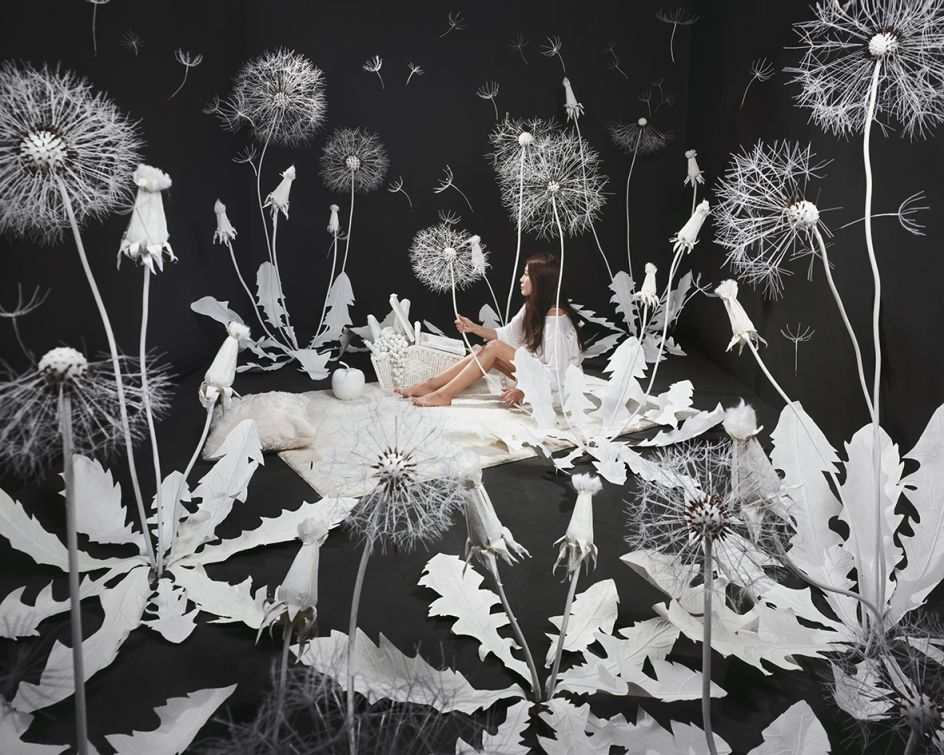
© JeeYoung Lee
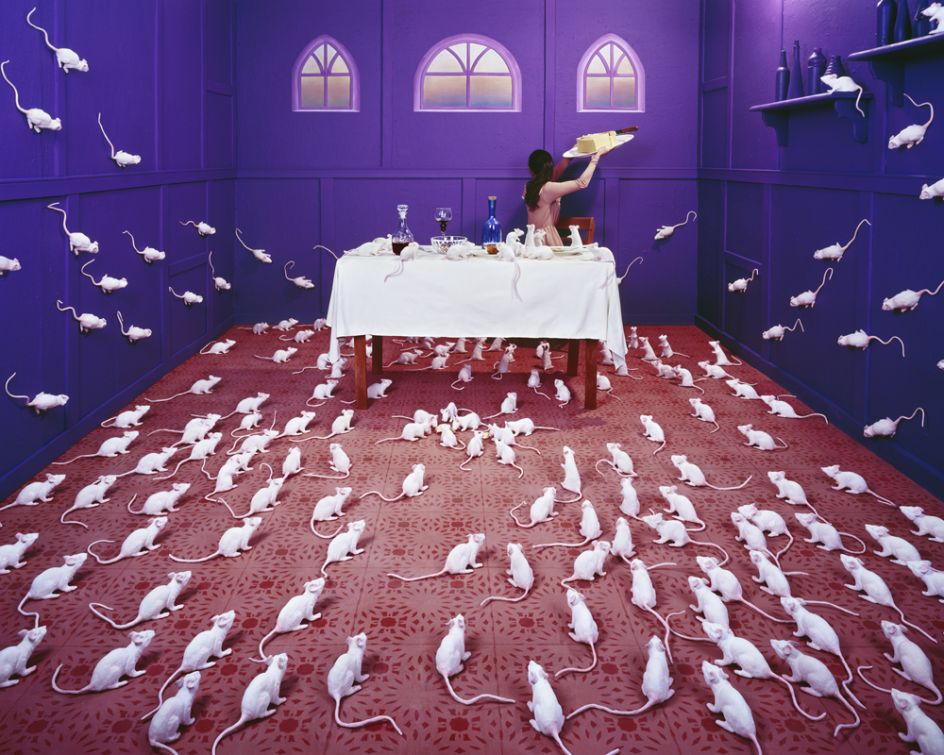
© JeeYoung Lee
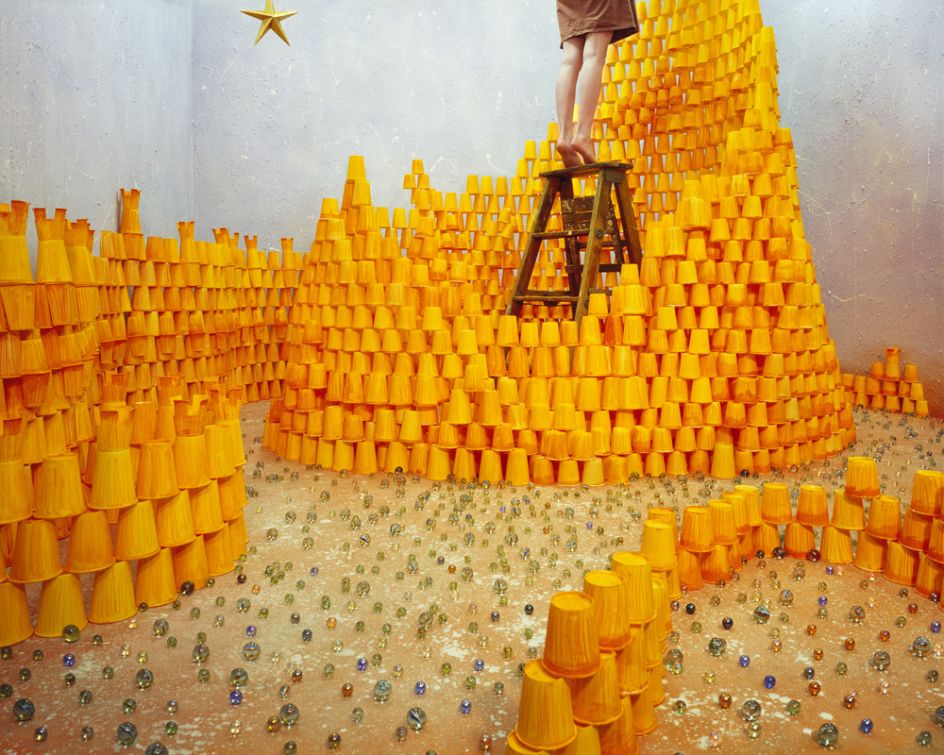
© JeeYoung Lee
Destroying your work at the end is an important part of your process. Why is that?
I consider my work's construction, photography, and destruction as one. The scene I make reflects a moment in my life and personal story. And to bring this moment back to the past again, I destroy the work after shooting or an exhibition.
The process of destroying the scene that I created allows me to transcend the complicated emotions that led me to create it in the first place. I gain the opportunity to stand back and analyse and observe myself from creation to destruction.
You work in a small wooden set which is part of a larger studio space. Why does a cramped environment suit you?
I usually install my work in this set space and film the work. The set size can be adjusted depending on the project.
My works are reconstructions of my psychological landscape. A room is a space that reveals individual tendencies. For this reason, I thought a room-like space would be suitable for the format of my work.
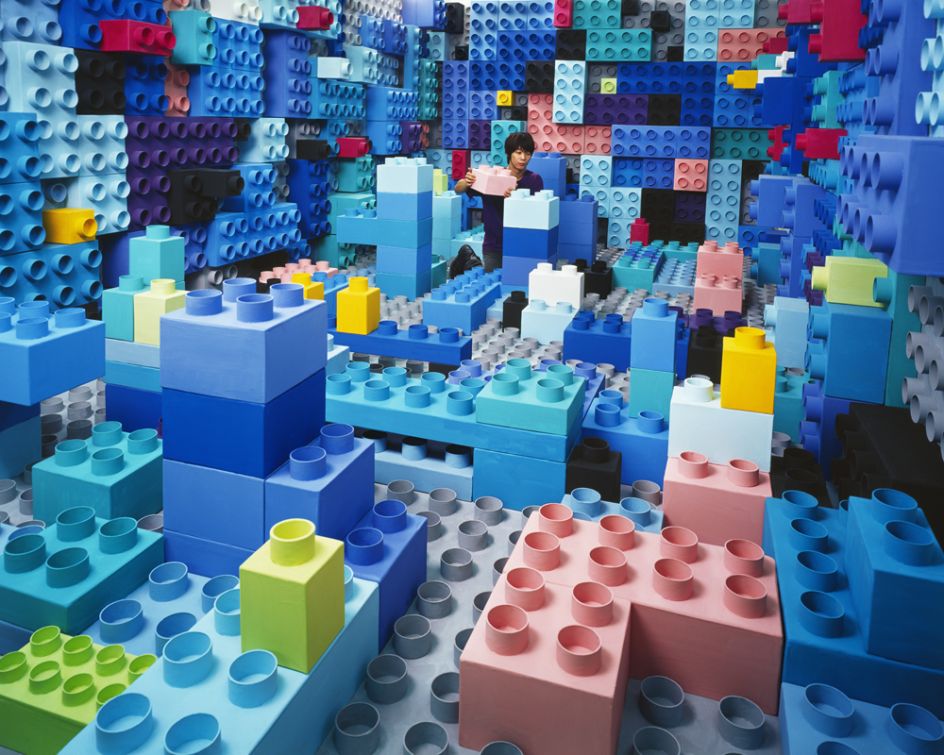
© JeeYoung Lee
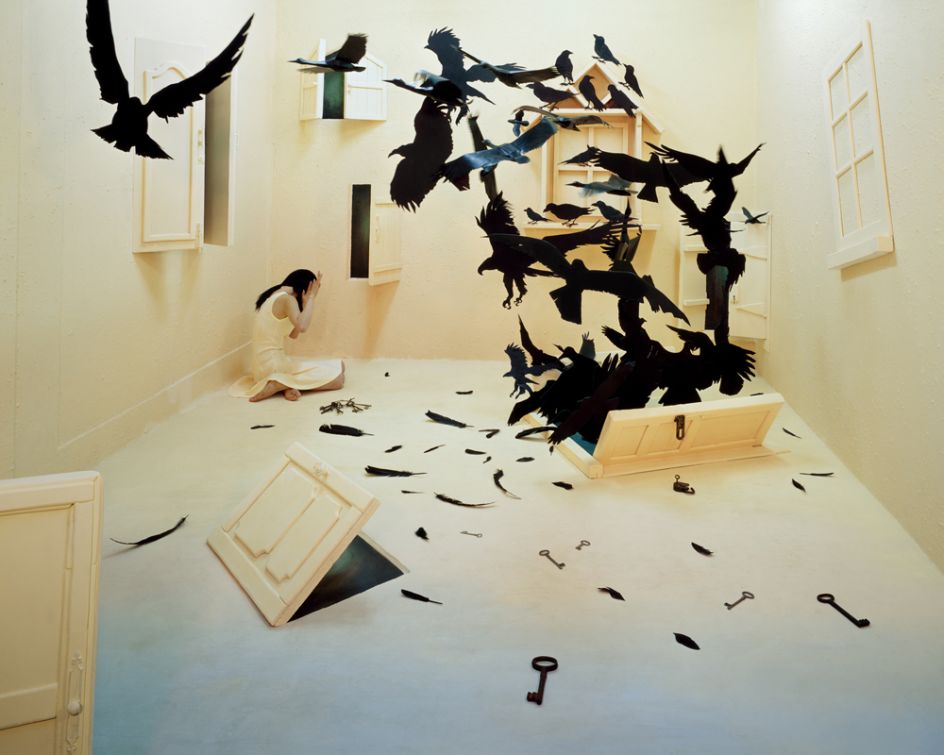
© JeeYoung Lee
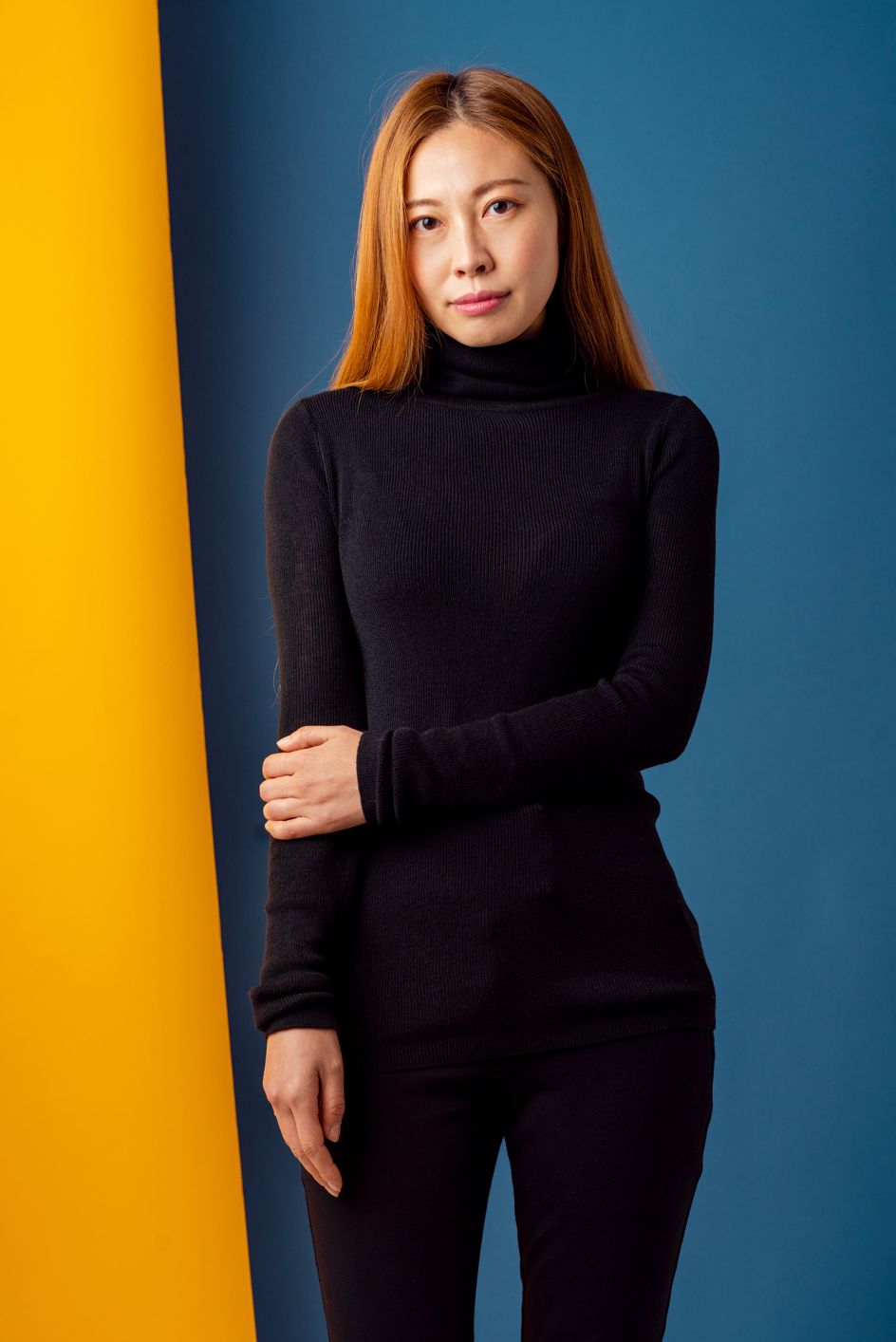
JeeYoung Lee
What is the biggest challenge you encounter as a creative professional, and how do you overcome it?
As an artist, it is a great challenge to maintain a good balance between anxiety and self-confidence and between ideal and reality. It will be an ongoing challenge as an artist.
What advice would you give to other people embarking on a creative career?
Believe in yourself. Have your own speed and direction.








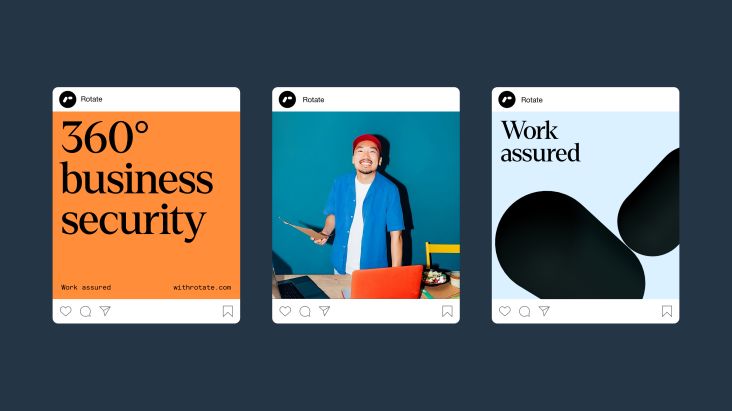




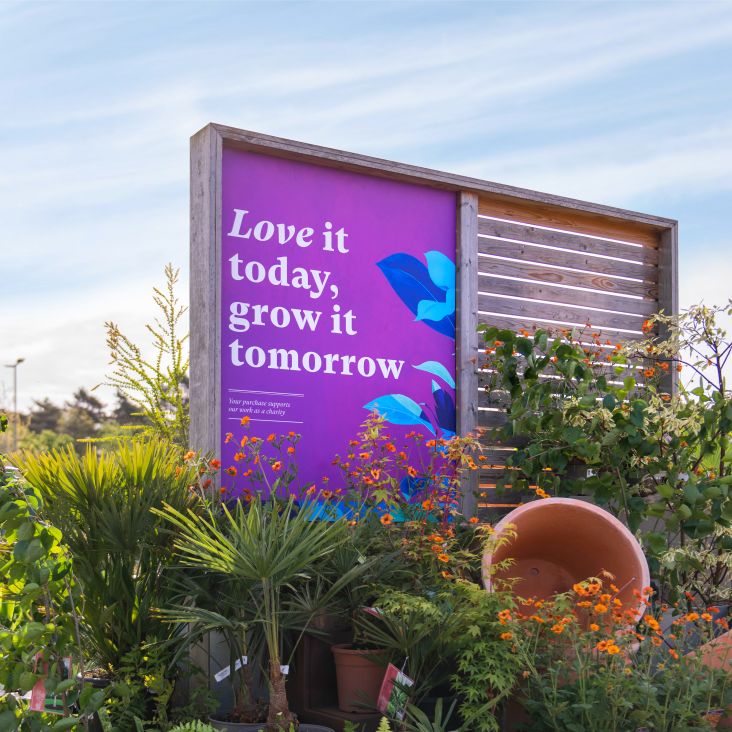
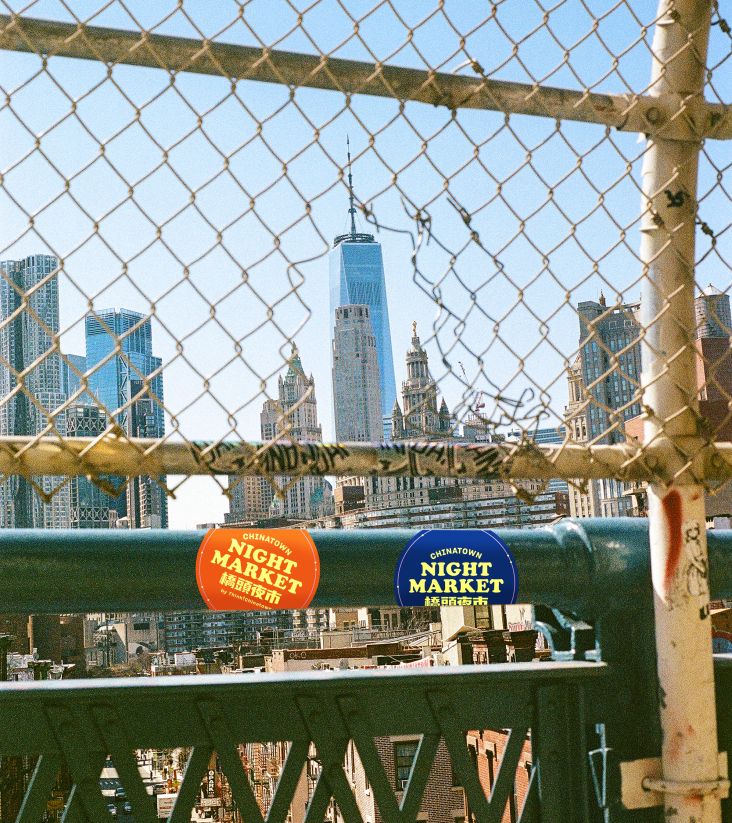
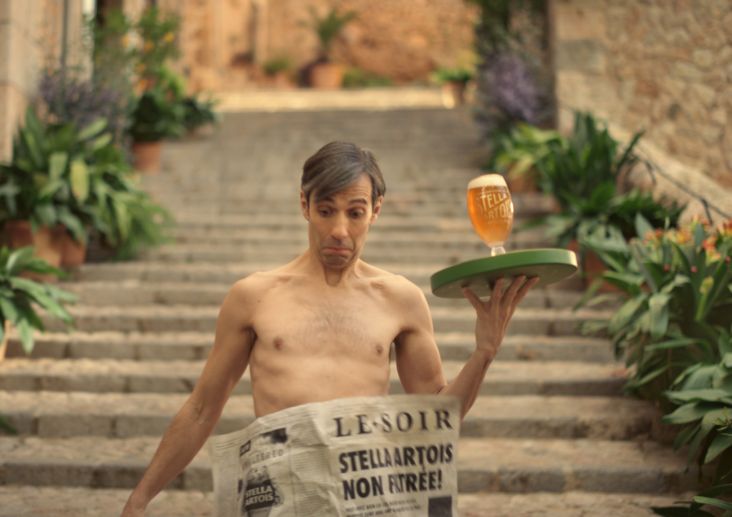
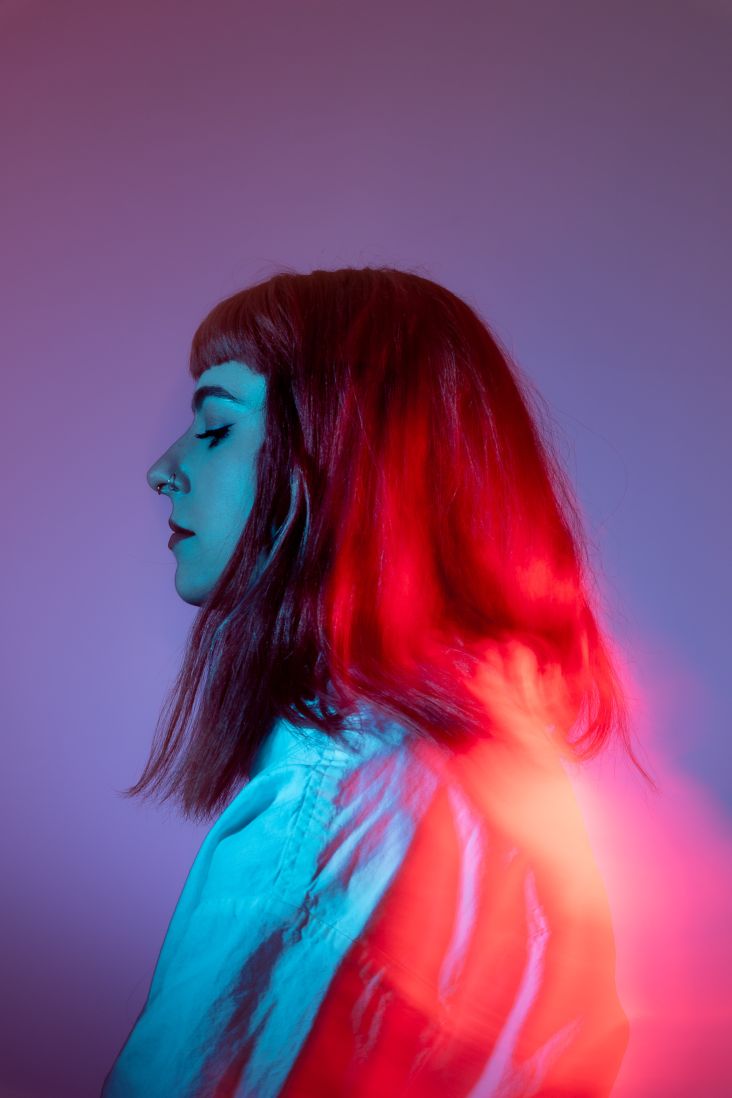
](https://www.creativeboom.com/upload/articles/33/338139d9b84270ce4759dc143351c1d6462028f0_732.jpg)
